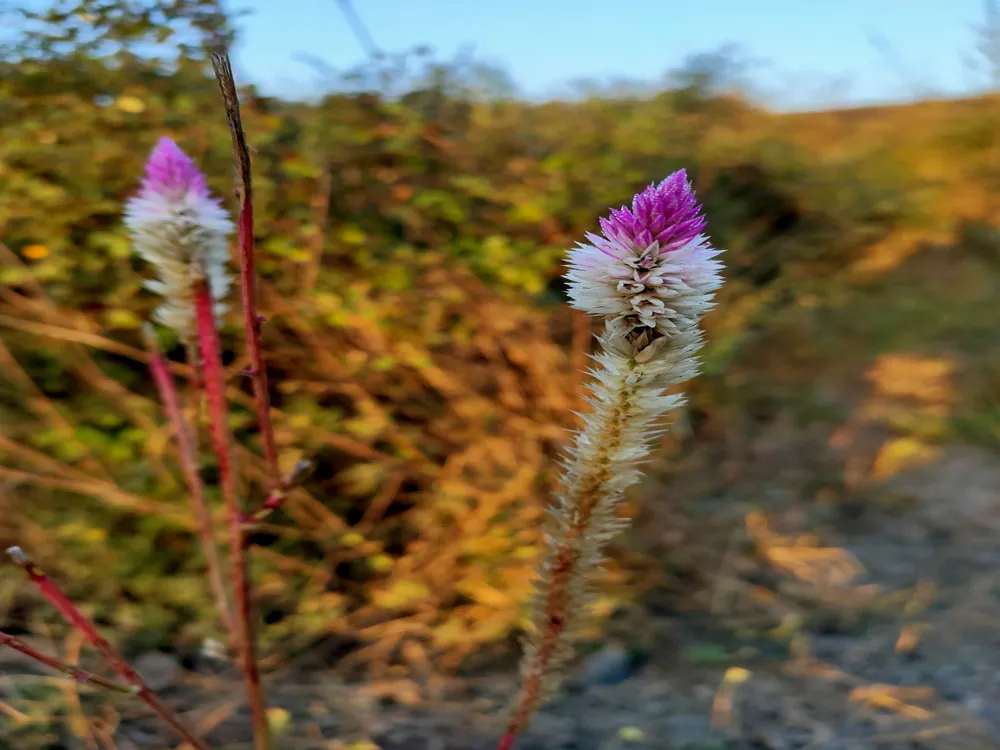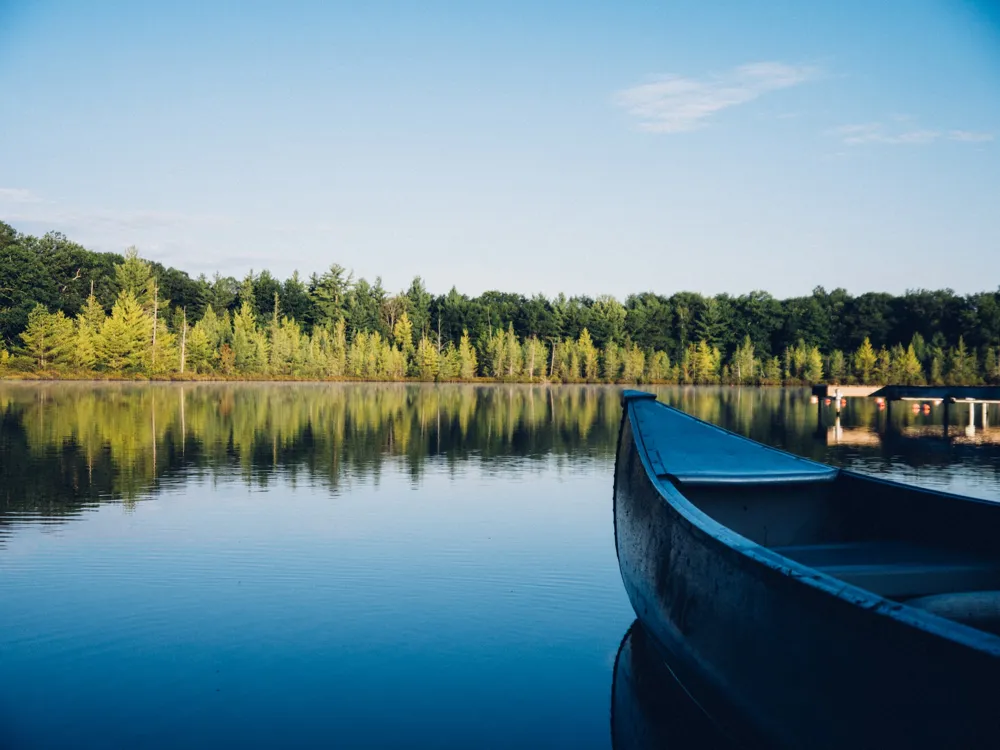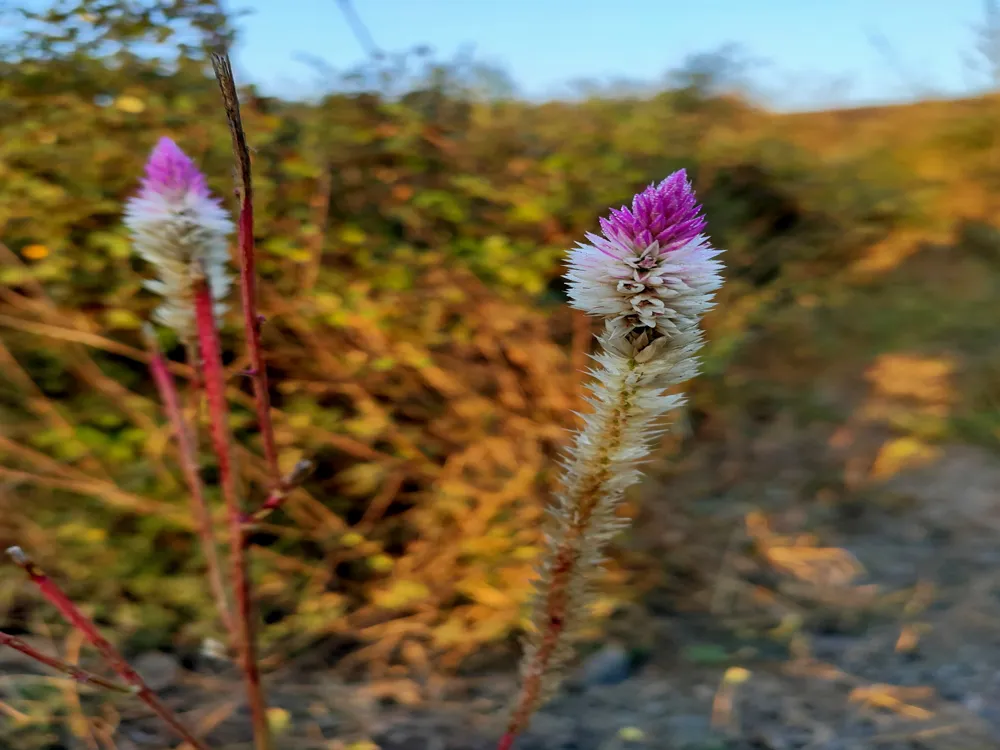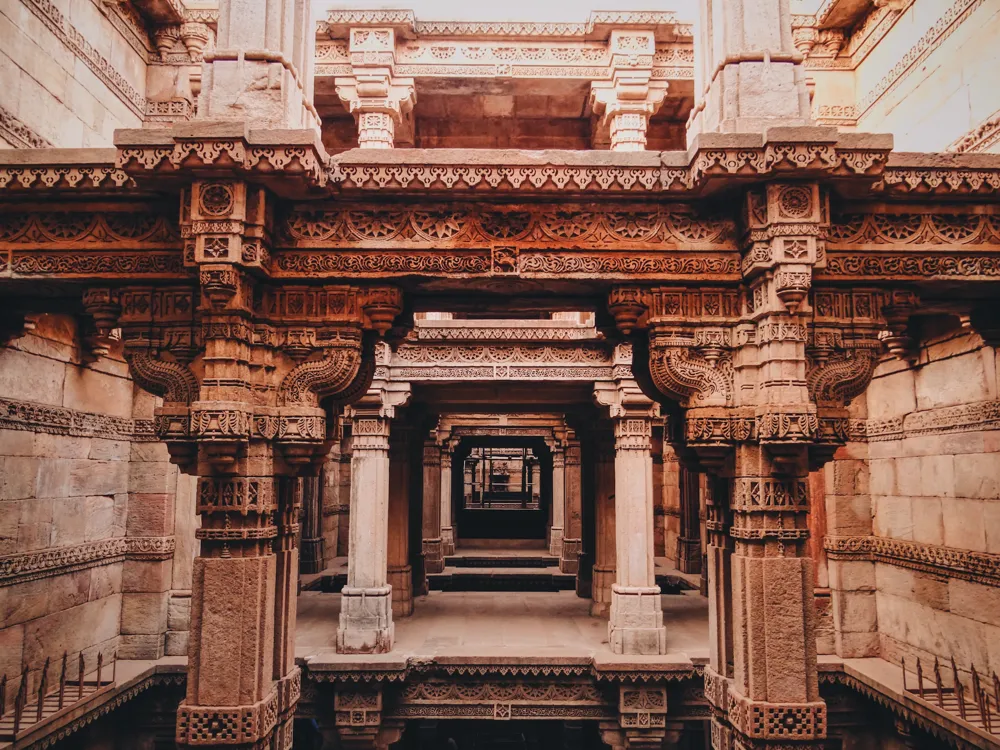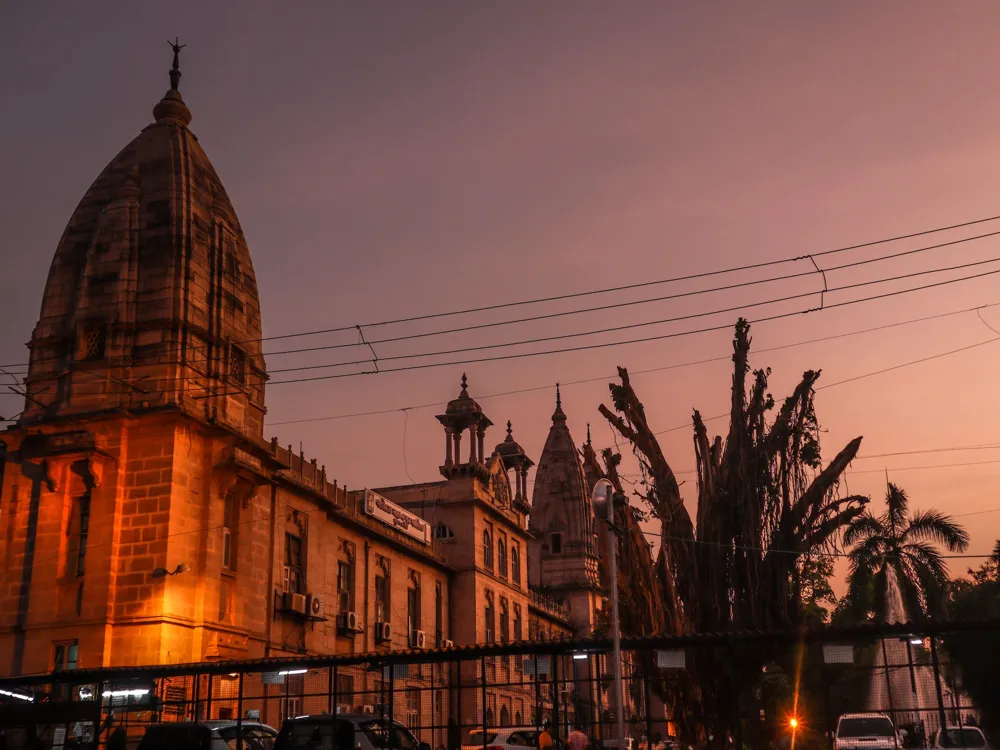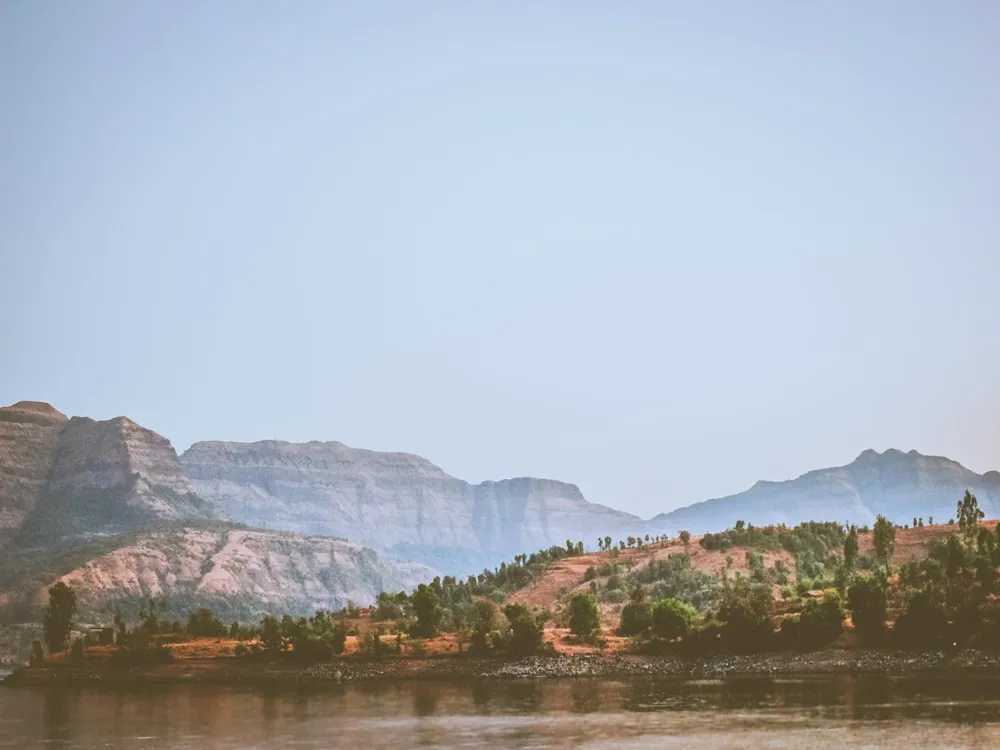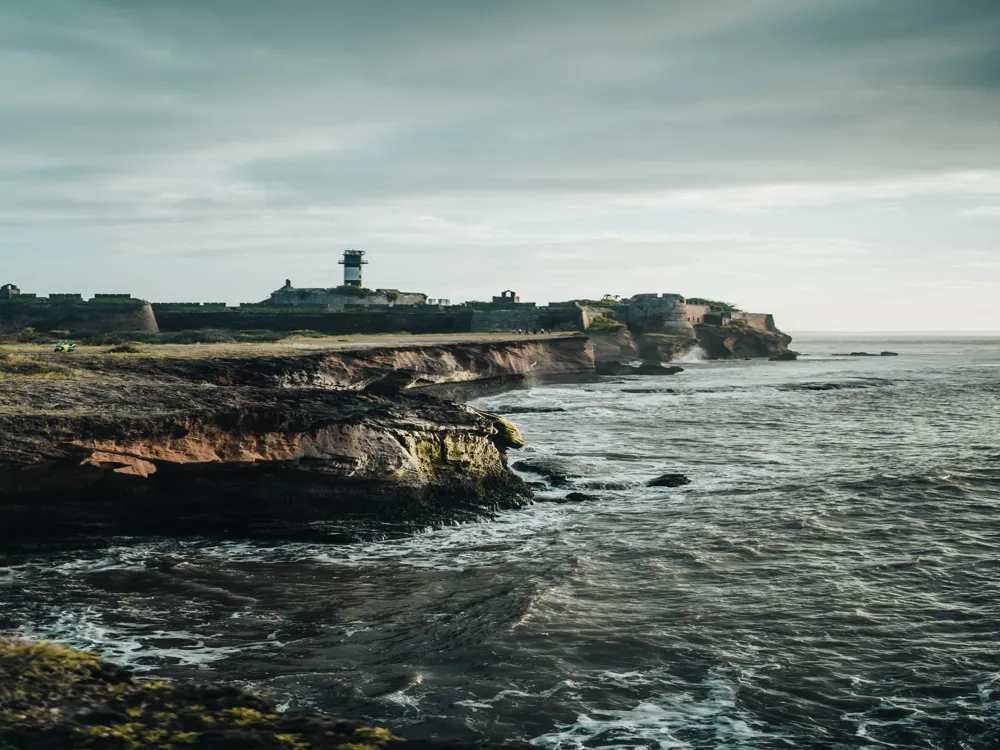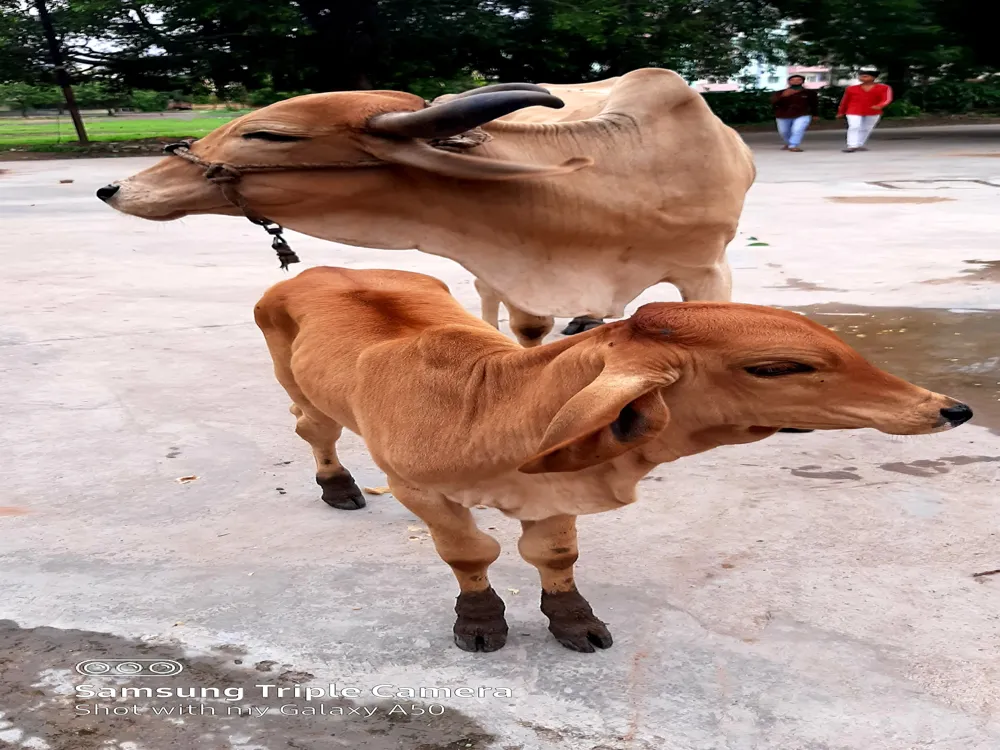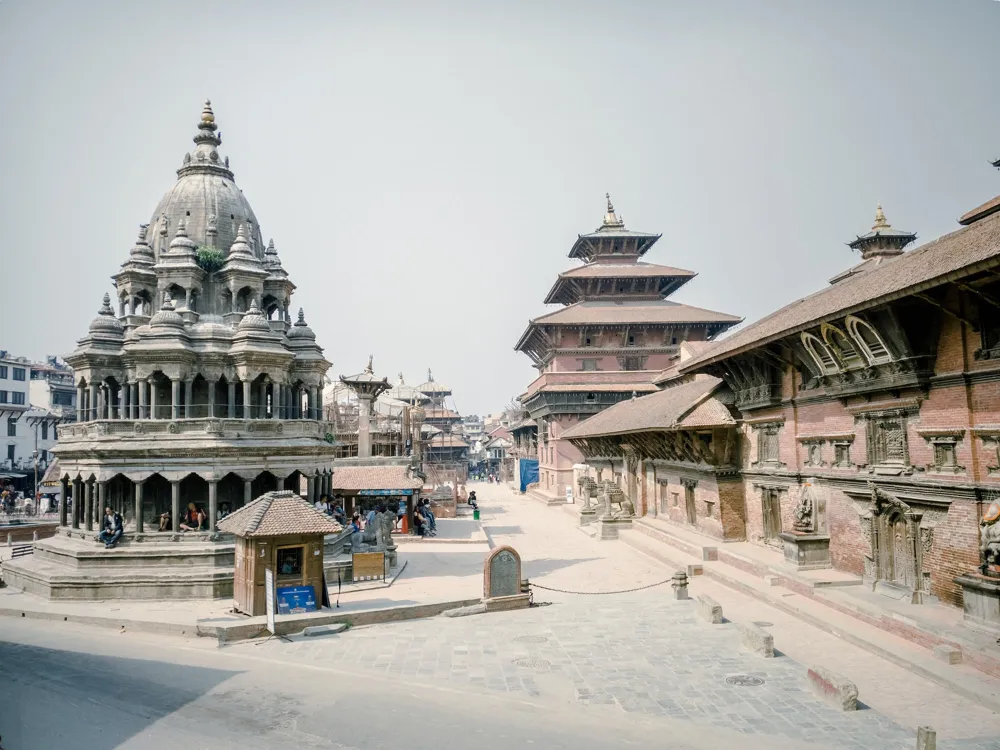Bhavnagar, a vibrant city in the state of Gujarat, India, is a blend of cultural richness and modern advancements. Established in 1724 by Bhavsinhji Gohil, the city has evolved from a small princely state to a thriving urban center. Bhavnagar is known for its significant role in trade, especially during the 19th and early 20th centuries, and has been a pioneer in various industrial sectors. The city’s landscape is dotted with historical sites, temples, and modern infrastructure, making it a unique destination for travelers seeking a blend of the past and the present. The city's charm lies in its diverse culture, evident in its festivals, cuisine, and local arts. Bhavnagar is also the gateway to the Alang ship-breaking yard, one of the largest in the world, and the Palitana temples, a major pilgrimage site for Jains. The city's bustling markets, serene parks, and educational institutions add to its multifaceted character. This overview aims to unravel the essence of Bhavnagar, inviting visitors to explore its history, culture, and contemporary relevance. Bhavnagar's architectural landscape presents a fascinating amalgamation of traditional Gujarati styles and influences from British colonial architecture. The city's buildings reflect a rich history, characterized by intricate carvings, ornate facades, and grand structures. Notable among them is the Takhteshwar Temple, an epitome of exquisite craftsmanship, perched atop a hill and offering panoramic views of Bhavnagar. The city’s architectural journey is also marked by the Darbargadh (royal palace), displaying a mix of traditional Gujarati and European styles. The Nilambag Palace, now a heritage hotel, showcases the fusion of Indian architectural elements with a Dutch aesthetic. The Barton Library, another architectural marvel, stands as a testament to the city's educational and cultural ethos. Bhavnagar's urban design is a narrative of its progression from a princely state to a contemporary city, with each structure narrating a unique story of the city's evolution. The ideal time to visit Bhavnagar is from October to March, during the cooler months. The weather during this period is pleasant, making it perfect for exploring the city and its surroundings. Bhavnagar offers various transportation options, including auto-rickshaws, taxis, and buses. For a more authentic experience, try the local auto-rickshaws for short distances. When visiting religious sites, dress modestly and remove your shoes. It's also polite to greet locals with a traditional 'Namaste' and respect local customs and traditions. Bhavnagar's cuisine is a delightful blend of Gujarati flavors. Don’t miss out on trying local dishes like Khaman, Dhokla, and Ganthia. Also, explore the street food for some authentic taste experiences. From luxury hotels to budget stays, Bhavnagar offers a range of accommodation options. Heritage hotels like Nilambag Palace offer a unique experience, blending luxury with history. Bhavnagar is well-connected by air, rail, and road. The Bhavnagar Terminus railway station links the city with major Indian cities. Bhavnagar Airport has flights connecting to Mumbai and other cities. Road connectivity is also robust, with state and national highways linking Bhavnagar to various parts of Gujarat and beyond.Overview of Bhavnagar, Gujarat
Architecture of Bhavnagar
Tips When Visiting Bhavnagar
Best Time to Visit
Local Transportation
Cultural Etiquette
Food and Cuisine
Accommodation
How To Reach Bhavnagar
Water lock gate
Bhavnagar
Gujarat
NaN onwards
View bhavnagar Packages
Bhavnagar Travel Packages
View All Packages For Bhavnagar
Top Hotel Collections for Bhavnagar

Private Pool

Luxury Hotels

5-Star Hotels

Pet Friendly
Top Hotels Near Bhavnagar
Other Top Ranking Places In Bhavnagar
View All Places To Visit In bhavnagar
View bhavnagar Packages
Bhavnagar Travel Packages
View All Packages For Bhavnagar
Top Hotel Collections for Bhavnagar

Private Pool

Luxury Hotels

5-Star Hotels

Pet Friendly









